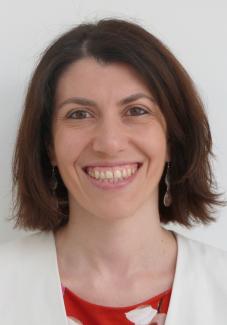Microfinance for clean cooking with LPG In Kenya: an evaluation of a pilot experiment and implications for future program roll-out
Lack of access to modern energy for cooking is responsible for a high mortality and impaired quality of life for millions of people in low and middle-income countries, who are exposed to hazardous smoke from cooking with biomass and kerosene. The use of clean cooking fuels in Kenya is less than 12% (DHS report 2014), resulting in an unsustainable demand for biomass fuel. The Ministry of Energy in Kenya, through the state-owned National Oil Corporation of Kenya (NOCK) has set up ambitious targets for adoption of ‘bottled gas’ or LPG to reduce the reliance of charcoal and kerosene for cooking.
This project aims to evaluate a pilot microloan intervention carried out in Kinangop, Nyandarua County by The Global LPG Partnership, NOCK and Equity Bank Kenya (the largest bank in the country). The pilot will help 150 credit-constrained households afford the upfront cost of purchasing equipment to cook with LPG, in order to improve quality of life, health and the environment. The loan enables the purchase of a double burner stove, a 13 Kg filled cylinder and accessories. Loan recipients will re-pay the loan in equal monthly instalments over six months.
The main objectives of this evaluation include:
- To test whether the provision of microloans for upfront LPG switching costs is effective in driving low-income households to switch from solid fuels/kerosene to cooking with LPG, and determine the most suitable target income group(s) for the scheme;
- To examine the effects of LPG adoption on health and time use; and
- To determine if a commercially acceptable percentage of the loans will be repaid so that lenders are encouraged to embark on a larger roll-out.
To evaluate the intervention, the researchers will compare changes in outcomes in the treatment village, where the microloans are offered, with changes in outcomes in several nearby control villages, where microloans will not be offered, controlling for individual-level baseline characteristics. At baseline and three months after the end of the loan repayment period, the researchers will survey the loan recipient households, as well as randomly sampled eligible households that did not take up the and the level sustained LPG use. In each control village, the researchers will survey randomly sampled households at baseline and follow-up.
The pilot, if successful, will aim to serve as proof of concept that LPG microfinance is commercially viable in Kenya. It aims to build the capacity of Kenyan microfinance institutions to eventually adopt LPG within their regular lending portfolios, hence providing a sustainable way to enable more Kenyans to access clean LPG fuel for cooking.





